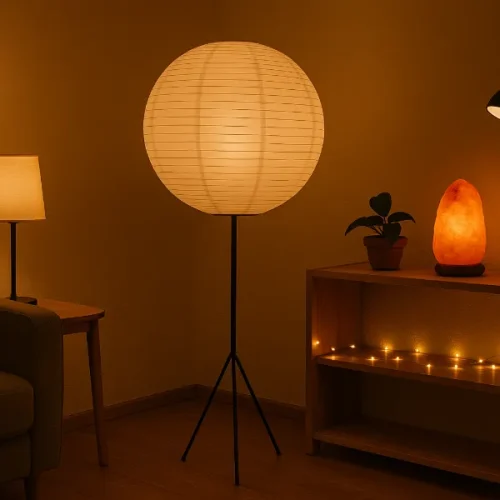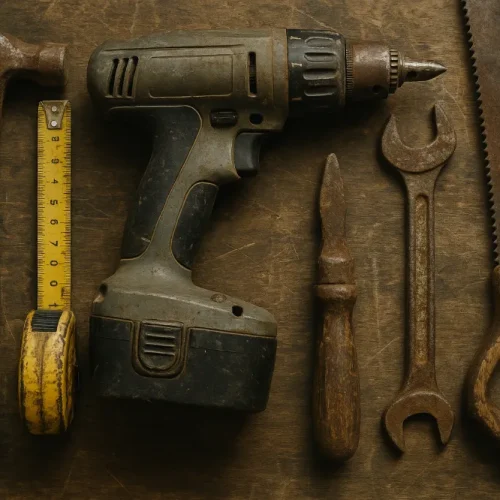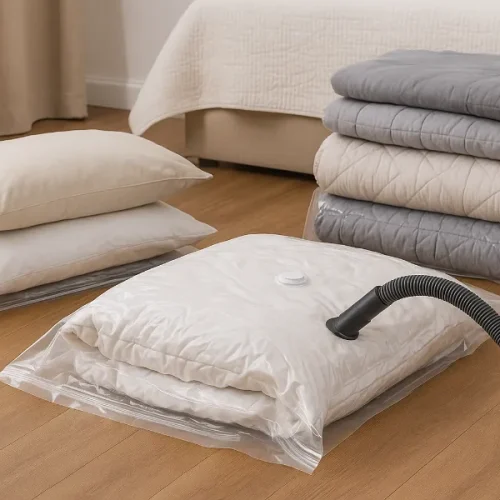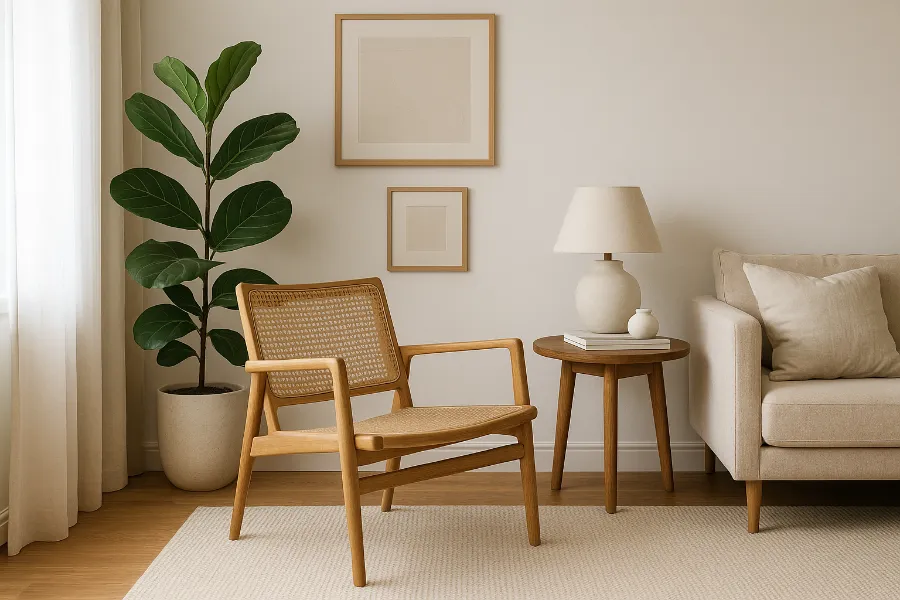
The cane chair is more than just a piece of furniture—it’s a design statement that has stood the test of time. Loved for its lightness, texture, and versatility, the cane chair has woven its way through centuries of history, from royal courts to modern minimalist apartments. Today, the cane chair isn’t just a throwback; it’s a must-have for anyone who values both heritage and style.
So, why does the cane chair remain such an enduring favorite? Let’s dive into its fascinating history, explore its design versatility, and uncover practical tips for keeping your cane furniture looking perfect for decades.
A Brief History of the Cane Chair
The story of the cane chair begins thousands of years ago. Ancient Egyptians were among the first to craft seating using woven cane strips, taking advantage of cane’s strength and breathability. From there, the technique spread across Asia and Europe, where artisans perfected the art of weaving.
By the 17th century, cane chairs had become a status symbol in Europe. Their exotic appeal, combined with comfort and durability, made them popular in grand estates and city homes alike. In the 19th and 20th centuries, cane furniture surged again in popularity, especially during the colonial era, when it blended seamlessly with tropical climates and airy interiors.
One of the most iconic modern designs featuring cane is Marcel Breuer’s Cesca chair, introduced in the 1920s. The design married tubular steel with cane weaving, proving that cane could be both traditional and avant-garde. Today, vintage Cesca chairs are collector’s items, while replicas continue to bring cane into contemporary homes.
What Exactly is Cane?
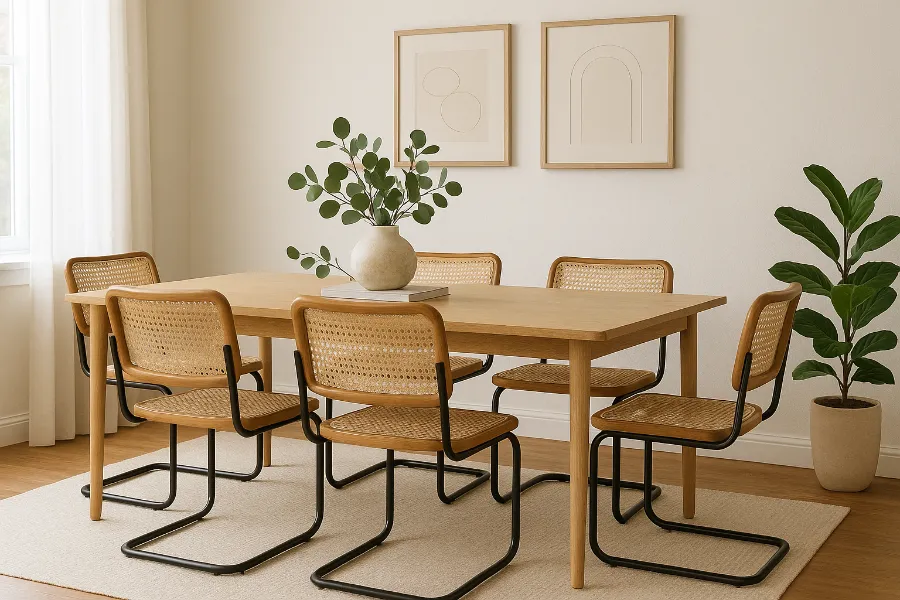
Many people confuse cane with rattan, so let’s clear that up. Rattan is a climbing palm that grows in the tropics. Cane, on the other hand, refers to the thin outer skin of the rattan stalk. Once peeled, it becomes a flexible yet durable material ideal for weaving.
This distinction matters because cane weaving produces a more delicate, airy texture compared to solid rattan furniture. Cane is what gives the cane chair its signature lightweight, breathable quality. Perfect for warm climates, it allows air to circulate—something a cushioned seat just can’t do.
Types of Cane Chair Weaving
The artistry of cane furniture lies in the weave. Over time, several styles of caning have developed, each with its own look and level of craftsmanship.
Traditional Hand Caning
This method, sometimes called the 7-step hand weave, involves threading individual cane strands through drilled holes in a chair frame. It’s labor-intensive but creates a beautiful, geometric pattern that’s strong and flexible. Hand-caned chairs can last decades with proper care.
Spline or Sheet Cane Webbing
Instead of weaving strand by strand, sheet cane comes pre-woven and is pressed into a groove on the chair frame with glue and a spline. This method became popular in the 20th century because it’s faster and more affordable while still giving that classic woven look.
Wide Binding or Porch Cane
This weave uses thicker strips of cane, creating a bolder pattern. Often found in porch rockers or accent chairs, this style has a more rustic charm compared to fine hand-caning.
Styling Cane Chairs in Your Home
One of the best things about cane chairs is how effortlessly they blend with different interior styles.
Dining and Living Rooms
A set of cane dining chairs can instantly warm up a modern dining room, bringing natural texture to sleek tables. In living rooms, cane armchairs or side chairs pair beautifully with upholstered sofas, balancing softness with structure.
Style Pairings
- Modern interiors: Pair cane with metal or glass elements for contrast.
- Farmhouse style: Combine cane with distressed wood and neutral linens.
- Coastal vibes: Whitewashed cane chairs evoke breezy seaside living.
- Eclectic looks: Mix cane with bold fabrics or vintage rugs for layered charm.
Accent Uses
Cane doesn’t have to stop at chairs. Designers now incorporate it into benches, bed headboards, sideboards, and even lighting. A cane accent chair in a reading nook, or a cane bench at the foot of a bed, adds instant warmth without overwhelming the space.
Caring for a Cane Chair
While cane is durable, it does need the right care to ensure it lasts.
- Cleaning: Wipe cane with a damp cloth and mild soap. Avoid soaking, as too much water can loosen the fibers.
- Moisture: Cane likes a little humidity. Extremely dry air can cause brittleness, while excessive moisture leads to sagging.
- Oiling: Every few months, mist or lightly sponge cane with water to keep it supple. For hand-caned seats, applying a light oil can also help.
- Sagging prevention: Don’t kneel or stand on cane seats; they’re designed for even weight distribution.
With proper maintenance, a hand-caned chair can last 25 years or more, while spline-caned seats typically last 5–15 years.
When to Repair or Replace
At some point, cane will wear out—it’s part of the charm of natural materials. Knowing when to repair versus replace is key.
- Minor damage: Small breaks in individual strands can often be patched without a full re-weaving.
- Sagging seats: If a seat sags significantly, it usually means the cane needs re-tensioning or replacement.
- DIY vs. professional repair: While spline cane replacement can be a DIY project, hand-caned seats are best left to professional weavers. Skilled artisans can restore chairs to like-new condition, preserving both function and heritage.
The Sustainable Appeal of Cane
In an age of mass production and synthetic materials, cane chairs stand out as a sustainable choice. Cane is a renewable resource, harvested without killing the rattan plant. It’s lightweight, meaning lower shipping emissions compared to heavier furniture, and it’s biodegradable when it reaches the end of its life.
Beyond its eco-friendliness, cane furniture simply ages beautifully. It weathers with use, taking on a patina that adds character. Unlike disposable furniture, a well-made cane chair can be passed down as a family heirloom.
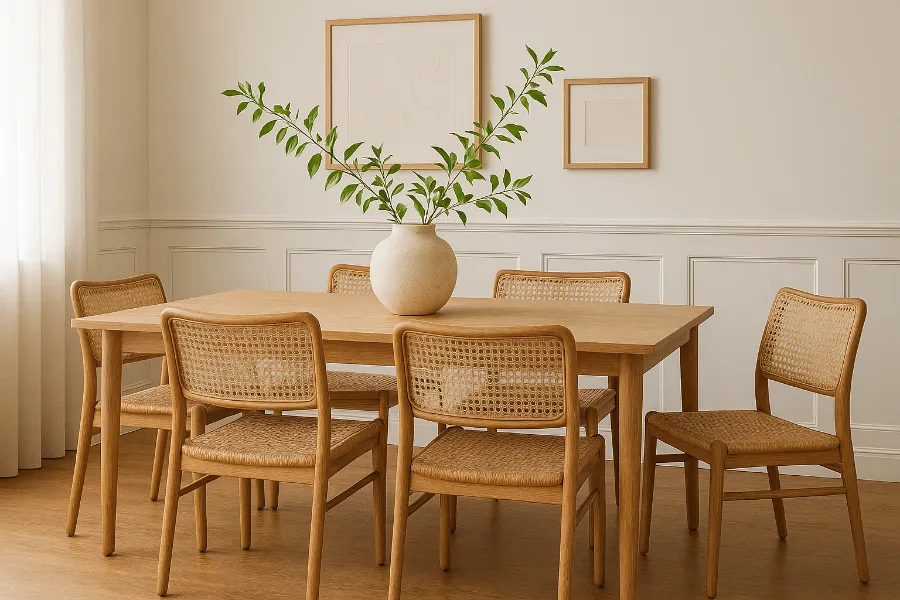
Conclusion: Why Every Home Needs a Cane Chair
The cane chair isn’t just another furniture trend—it’s a timeless classic that brings texture, history, and sustainability into the home. From dining rooms to patios, from vintage icons to modern reinventions, cane chairs fit seamlessly into any interior style.
They are light yet strong, traditional yet fresh, and eco-friendly without sacrificing elegance. Whether you’re drawn to the airy beauty of hand-caned seats or the sleek look of cane-backed modern designs, one thing is certain: the cane chair is here to stay.
So, if you’re looking to add both comfort and heritage to your space, the cane chair might just be the piece your home has been waiting for.



